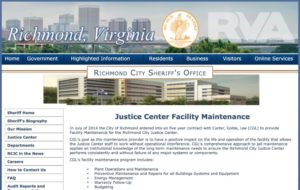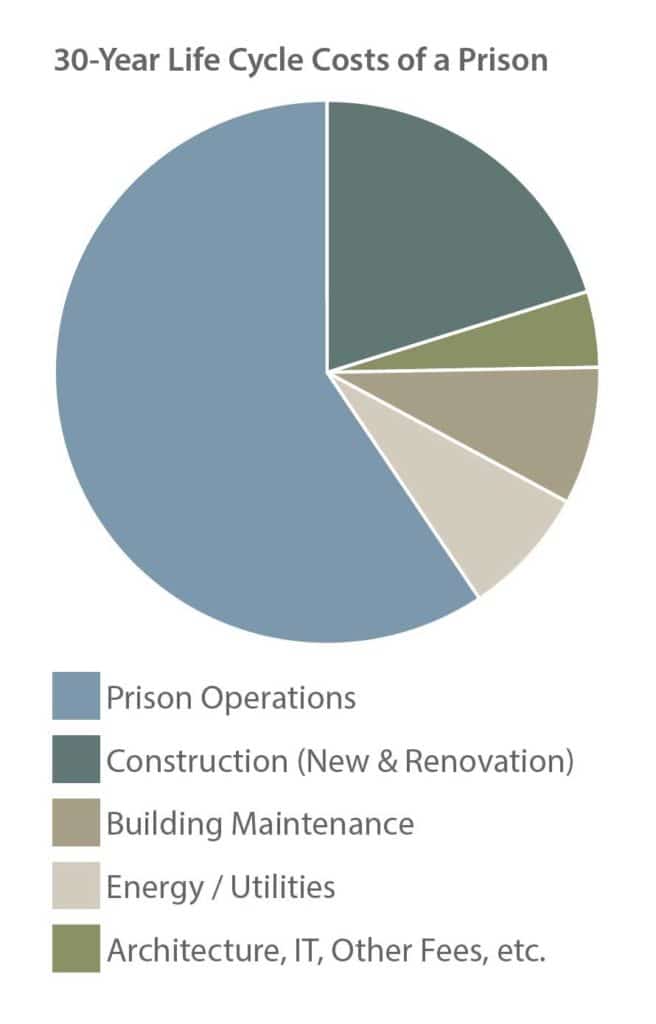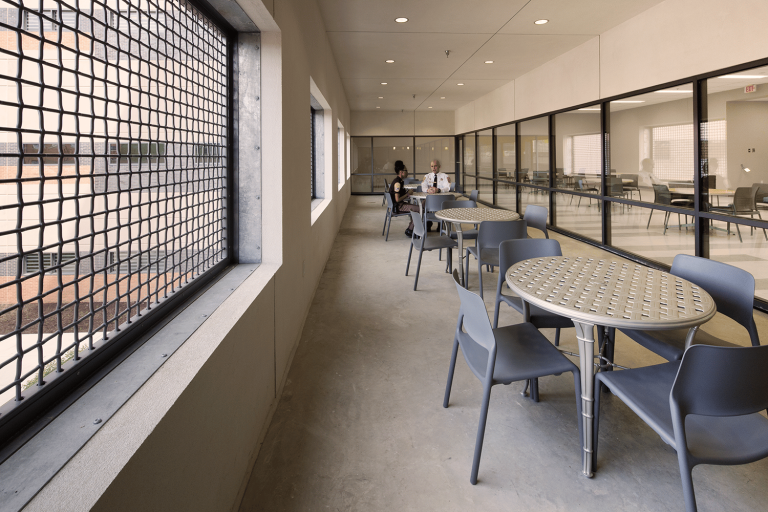We all know deferred maintenance leads to work backlogs. We know backlogs decrease equipment performance, increase energy use, and make costs rise.
This is not new information. Today’s leaders and facility owners are all too familiar with this situation.
But as we start to tackle the immense deferred maintenance debt plaguing our criminal justice infrastructure across the country, and we struggle to prioritize growing corrective maintenance demands with shrinking budgets, we must not lose sight of the big picture. Failing to learn from our past will doom us to repeat it.
“But with what funding? We can’t afford to address today’s corrective maintenance AND plan for tomorrow’s maintenance needs.”
The truth is, we can’t afford not to:
A correctional facility’s Total Cost of Ownership considers all direct and indirect costs associated with owning and operating the facility over its decades long life, including all development costs, operations labor, and energy and utility costs.
If we have any hope of achieving long-term sustainability and efficiency in our criminal justice facility operations, we must adopt a strategic, proactive approach to facility maintenance management. Fail to do so, and the resulting effects on overall facility life cycle costs will only get worse. Consider the amount of money that could be saved by implementing smarter maintenance programs. What if instead of maintenance repairs, these funds could be put towards important programs and facility improvements to support inmate rehabilitation and improve staff working conditions?
Today’s maintenance decisions must be made with the future in mind.
5 Key Performance Indicators
Before we can know where we need to go, we need to know where we currently stand. Start by asking yourself how your maintenance program stacks up against these five KPIs:
1. Technical Personnel Costs and Utilization
Is there a maintenance staffing plan in place that’s informed by proven facility management techniques and incorporates the tools necessary to maximize staff utilization and efficiency? A quality staffing plan ensures that all preventive and corrective work can be completed in a manner responsive to the facility’s needs. Proper deployment and use of tools like a CMMS maximizes technical wrench time to achieve high technician utilization rates and lower labor costs.
2. Preventive vs. Deferred Maintenance
The percentage of all manufacturer-recommended preventive maintenance that’s performed on time without deferral. Performing preventive maintenance is crucial to eliminating cost escalations from inflation and poor performance.
3. Energy Efficiency
Well-maintained equipment uses less energy, resulting in controlled utility costs and less surprises down the road. Work backlogs resulting from deferred maintenance lead to decreased equipment performance, increased energy use, and rising operational costs.
4. Corrective Repairs
Regular preventive maintenance ensures warranties are managed and major failure repairs are unnecessary. Costs are predictable and controlled by regular in-house preventive maintenance. Focusing only on today’s most pressing corrective maintenance needs without establishing an informed approach for future maintenance will only lead to more maintenance deferred down the road.
5. Risk Management
 When maintenance does not perform as intended, the risks to staff and personnel increase. The risk of early building failure also becomes a reality. However, there are other, less tangible risk increases, such as insurance risk and liability. These risks increase the cost of ownership and the overall ownership burden. Facility owners can mitigate the risk of equipment and facility failure by taking a proactive approach to maintenance and keeping equipment in prime warranty and operating condition.
When maintenance does not perform as intended, the risks to staff and personnel increase. The risk of early building failure also becomes a reality. However, there are other, less tangible risk increases, such as insurance risk and liability. These risks increase the cost of ownership and the overall ownership burden. Facility owners can mitigate the risk of equipment and facility failure by taking a proactive approach to maintenance and keeping equipment in prime warranty and operating condition.
In 2014, the Richmond City Sheriff’s Office decided to take a comprehensive, proactive approach to the facility maintenance of its Richmond City Justice Center. Click on the image to head to richmondgov.com and learn more about the results of their ongoing maintenance program.
The unfortunate reality is that most facility maintenance programs in today’s correctional facilities are severely underperforming in not one, but several of the five key arenas above. There’s a lot that goes into establishing an effective maintenance program, and the process becomes even more complicated in the criminal justice sector.
Detention and correction environments have a unique set of needs, and demand far more than the standard one-size-fits-all approach to maintenance. In-depth experience providing maintenance to criminal justice facilities is vital to the delivery of an optimized maintenance program that strikes an equal balance between efficiency and security.






